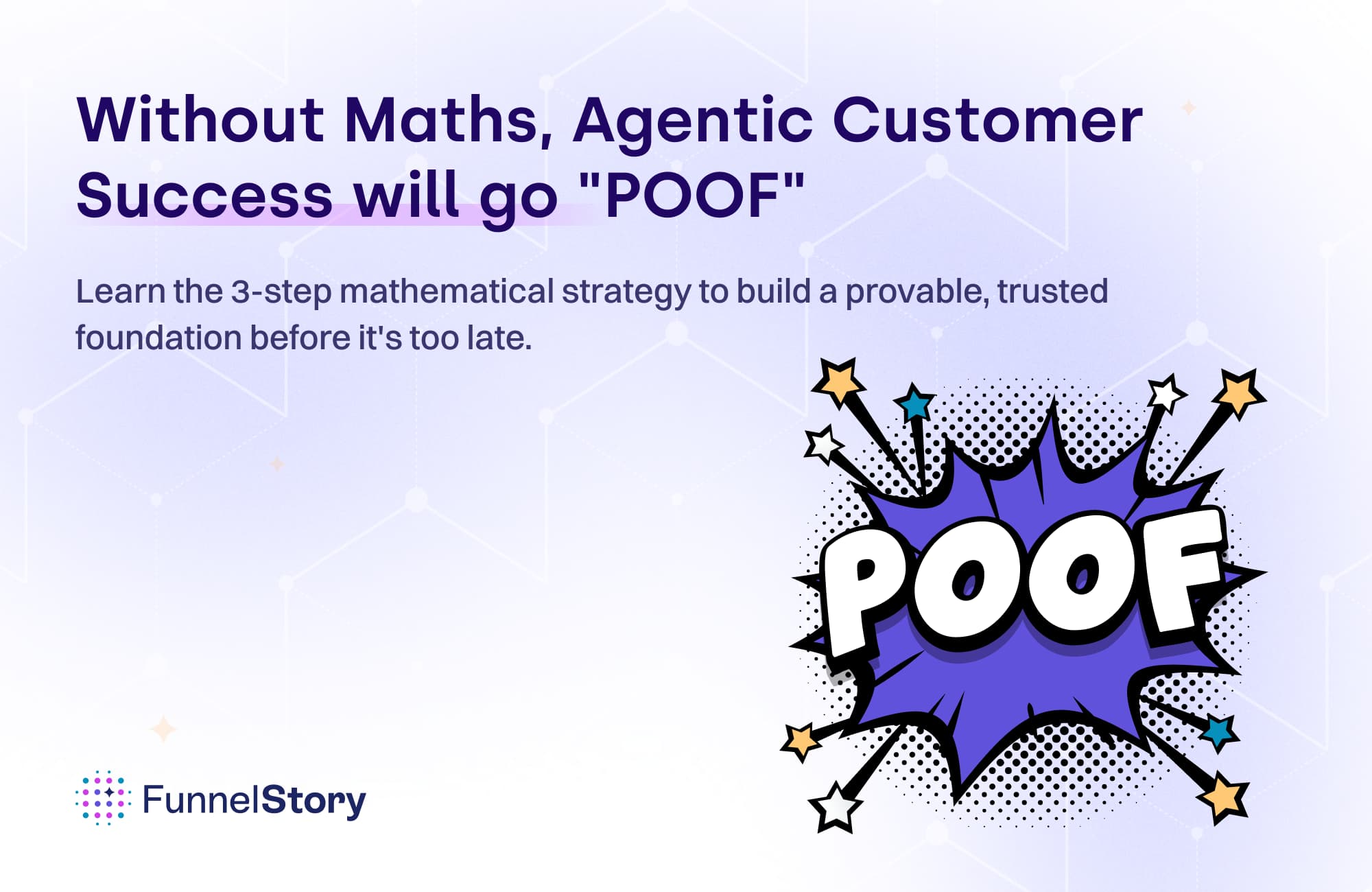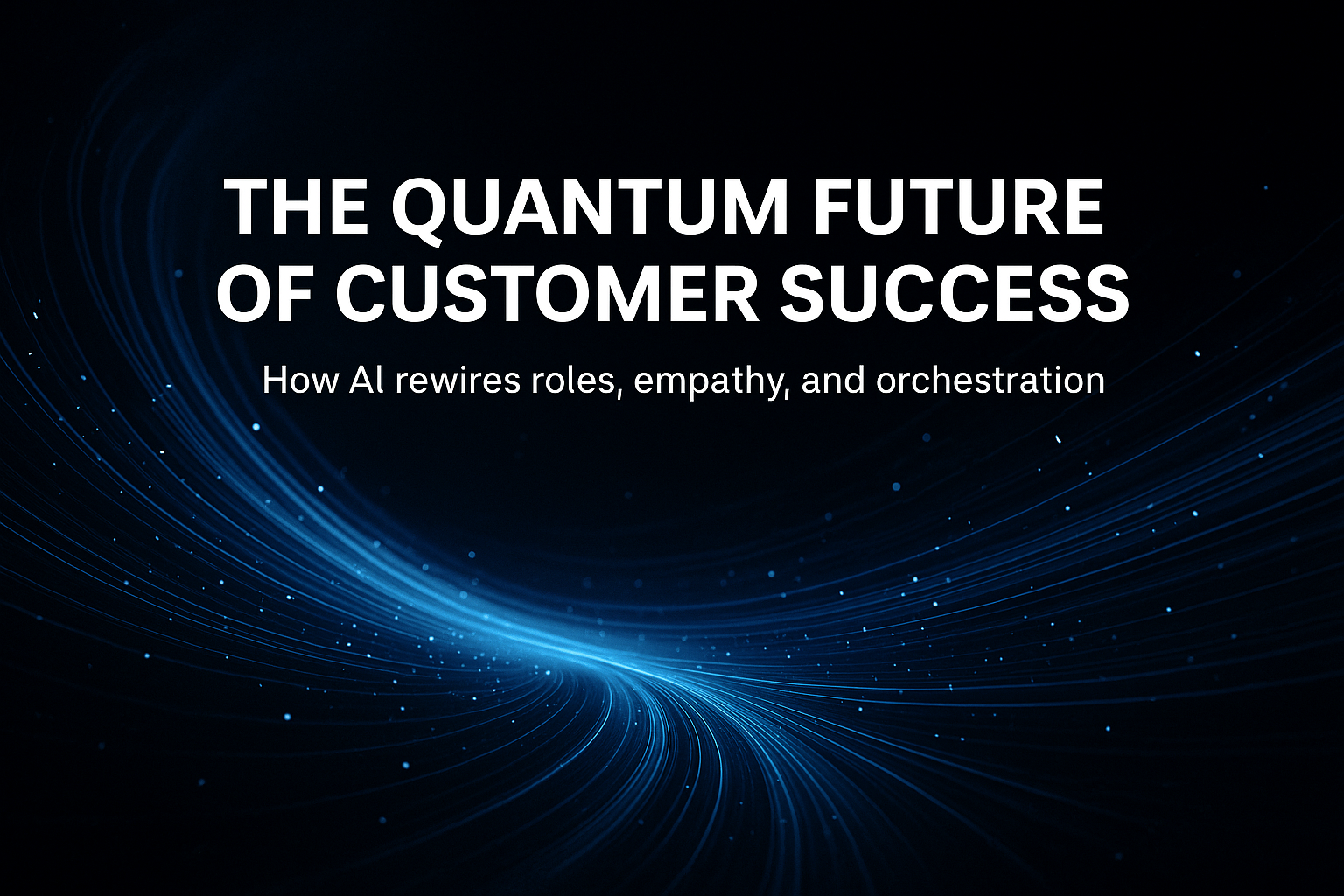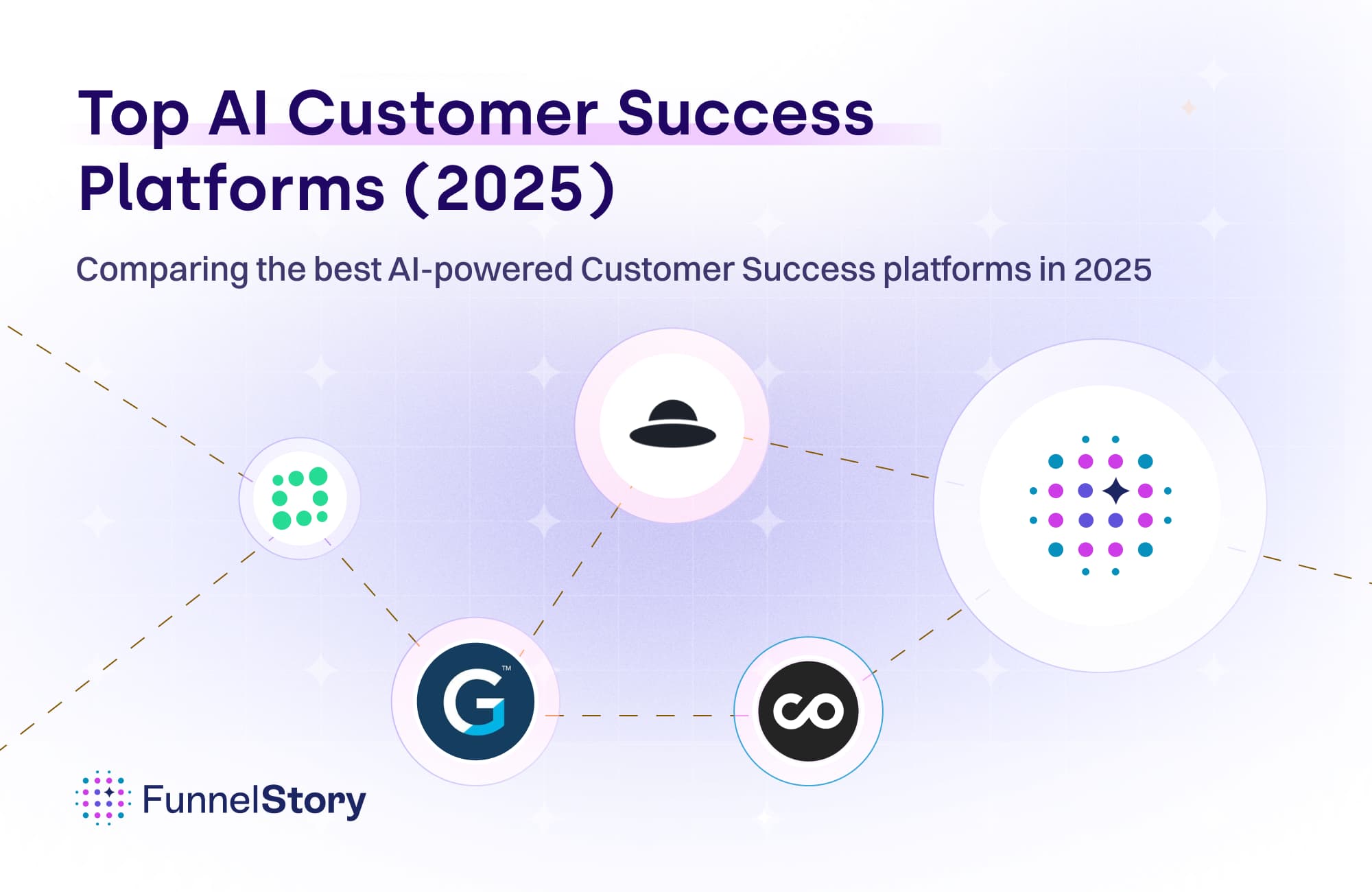In this article
Everything You Need to Know About Reverse ETL
Everything You Need to Know About Reverse ETL and how to select the right tooling for your Product Analytics sales tech stack.

By Alok Shukla
Cofounder and CEO
Oct 17, 2023
8 min read
Introduction
Source to storage. This is how traditional forms of data analytics worked:
Extracting data from various sources.
Transforming it into something that makes sense.
Loading it onto a data platform.
This is known as ETL (extract, transform, and load). But it makes matters challenging when you must sync this data into internal systems. This is where Reverse ETL comes into the picture. Reverse ETL is a data integration process that makes extraction easy from data warehouses to operational systems or other sources for further analysis and use - it literally reverses the traditional ETL.
Why is this needed? Simple. Reverse ETL seamlessly syncs and pushes this data to SaaS tools like HubSpot, Slack, or Zendesk, which rely on real-time data to work instead of requiring non-technical users to enter it manually. It simplifies the process and provides a more proactive approach for sales or marketing teams for further action.
ETL vs. Reverse ETL
Conventional ETL takes data from multiple sources and writes it to a data warehouse, on-premise or cloud-based. Reverse ETL takes data from an existing warehouse and sends it to different operational systems - the apps your marketing and sales teams use.
ETL uses batch processing and banks on large volumes of historical data availability. Companies looking to get insights from accumulated data over time can use this method.
The Reverse ETL approach completely changes conventional ETL methods, offering a fresh perspective on data integration. It extracts data from a central data warehouse (or data lake) and distributes it to external applications. Reverse ETL prioritizes data enrichment and format adjustments for downstream applications, minimizing data transformation. It is meant for scenarios where users need data to provide personalized experience, optimize marketing campaigns, and more.
When put head-to-head, Reverse ETL is generally less complex since it involves more straightforward data mapping and routing requirements. Reverse ETL prioritizes real-time data freshness, while ETL focuses on historical accuracy. Organizations harness the full potential of data integration by using both ETL and Reverse ETL. This enables analysis of historical data and easily meets real-time operational needs in data ecosystems.
How does Reverse ETL Work?
The Reverse ETL process works in four steps.
Extracting data
The process begins by capturing vital data through a data warehouse, such as product analytics, transactions, customer information, and more.
Data Simplification
Next, the data gets transformed to be suited to the target application or system. Some of the processes here include data and format adjustments and information mapping.
Data Dispatch
This data is then sent to sales or marketing automation tools (Salesforce, HubSpot), support and communication applications (Zendesk, Slack), or any other system that requires it.
Continuous Data Sync
Reverse ETL helps capture real-time data, which gets transmitted to the applications whenever available. This ensures that teams can access the most current data.
While initially a long API-driven process to connect data warehouses to SaaS solutions, better methods exist. Companies can use apps like Hightouch or Census for their Reverse ETL requirements.
How does Reverse ETL fit into the Modern Data Stack?
Apart from a few differences, most modern data stacks have some of the same core components.
Collecting Data: This is where the data synchronization happens from various sources such as SaaS applications, websites, or databases.
Activity Monitoring: Here, the usage data from the product gets captured. Activities like logins, sessions, or most used features get tracked for every user.
Integration: Core Reverse ETL is utilized here. It acts as an integration layer on top of the data lake. The data gets extracted from here to push it to systems and applications.
Data Cleanup: Here, the data gets transformed and formatted into a standard that suits your company.
Data Consumption: In this layer, you can consume the transformed data for better decision-making.
Why do you need Reverse ETL?
Put simply, you need Reverse ETL to make your data usable. We can narrow down to three vital reasons why you need it.
Helps Activate Data: You can have all the data in the world, but it's only useful if comprehensible and actionable. This is precisely the case with hordes of data sitting in a warehouse. It must be pushed into your teams' sales, marketing, or support tools - the applications they work in daily. I mean, you could have your data analyst build a report or dashboard, but the reality is your teams don’t work in data visualization tools.
Helps Avoid Data Silos: In the world of data management, it's common for data warehouses to unintentionally transform into the ultimate data graveyard, rather than the solution to eradicate data silos they were designed to be. Interestingly, Reverse ETL takes a different approach by liberating data from the warehouse. This means that you gain access to all data sources and datasets, regardless of their origins. Consequently, your business users are no longer restricted to relying solely on the data confined within their specific business tools, opening up a world of possibilities for data utilization.
Automate your Data warehouse: Reverse ETL, though less flashy, addresses the commonplace yet unglamorous data challenges found in every organization. These encompass various manual requests from your GTM teams, like searching Zendesk for potential churn accounts in support or retrieving product usage statistics from Salesforce, and product teams to receive Slack notifications for feature activations. Typically, these demands necessitate time-consuming custom integrations or manual CSV retrieval. Implementing a Reverse ETL tool automates data flow from your warehouse, liberating your data team to focus on higher-value tasks, such as optimizing infrastructure costs, uncovering insights, and constructing custom data models.
Reverse ETL bridges the gap between data warehousing and operational systems, ultimately allowing companies to utilize the data for decision-making and analysis. More importantly, it allows companies to leverage data strategically to improve customer experiences and optimize for efficiency.
Reverse ETL Use Cases
Implementing Reverse ETL opens up a wide range of use cases across your company while reducing the number of requests that go out to technical teams.
Sales Teams
Sales teams get access to real-time product usage data, which helps enhance their understanding of prospects and existing customers. Reverse ETL allows sales teams to track unique behavioral data during product trials such as user types, actions taken, and even conversation sentiment. This data can enrich the leads in your CRM - making sure your teams are spending their time on the deals that need it mo
Marketing Teams
Marketing teams can ace their personalization strategies since Reverse ETL helps create customized content or suggestions for potential and existing customers. This data allows marketing teams to adjust their campaigns for better performance. Ultimately, this leads to lower spending and higher ROI.
Product Teams
Boosting user adoption hinges on the art of experimentation and optimization. Yet, when it comes to fueling customer-centric functionalities, the synchronization of customer data with your production database is paramount for refining on-site personalization. When product teams can seamlessly track feature adoption rates in real-time they can iterate and improve the customer experience in a powerful way.
Support Teams
For support teams, Reverse ETL can help trigger escalation alerts for pressing support requests, preventing delays in resolution. Plus, it helps prioritize the right tickets to reduce churn by syncing vital metrics like LTV, ARR, and more.
Reverse ETL vs. CDP
Reverse ETL and Customer Data Platforms (CDPs) are critical components of modern data stacks but serve different purposes.
Reverse ETL gets data from a typical warehouse or a lake and sends it to external applications or sources in real-time. Its primary purpose is to activate data for immediate use, like sales, support, or marketing efforts.
On the other hand, CDPs help create a comprehensive view of customer data by taking information from different sources like CRM, marketing tools, websites, and more. Marketing and analytics are the primary focus of CDPs.
Reverse ETL typically requires minimal data transformation, focusing more on data enrichment and format adjustments to meet a company's requirements.
CDPs involve significant data transformation and cleansing processes to provide standardized information. It operates separately, causing severe compliance issues, and it can take more than a year to implement (not considering that it has a learning curve attached to it).
CDPs also have a cap on how long you can access historical data, which means you'd have to pay extra to use the data you already have in the warehouse. Reverse ETL does not have limitations because it fits right into your current ecosystem.
Build vs. Buy: What's the Better Option?
Enterprise solutions always need clarification when purchasing one versus building one from scratch. Creating a custom Reverse ETL in-house can be complex. Whether downloading and uploading data files or linking every tool in your data stack, lots of manual work is involved.
This causes a new problem: tracking each integration regularly because third-party API integrations are bound to change frequently. Plus, it can cause data disruptions even if there are minor changes.
Buying a purpose-built Reverse ETL tool solves these challenges because it automatically manages API integrations. As a result, you can automate and schedule data capture. You also get a proper user interface to map data fields from source to destination quickly.
Plus, the declarative nature of Reverse ETL solutions enables you to be in total control over capture frequency. It allows you to send the same data to multiple sources with a single command, helping you manage all your data in a single platform.
Conclusion
Reverse ETL is a powerful data activation tool that helps you seamlessly capture data to your company's tech stack without technical reliance. However, it doesn’t cut it when it comes to what your team requires.
Consider sales, for instance. To provide them with what they need, you must offer them data from product and customer conversations. This is known as a "holistic" approach to product analytics, and it can help them bring their A-game while prospecting.
A PLS solution like FunnelStory has these components built-in, so you don't need to invest time and money into a separate Reverse ETL tool for data capture.



